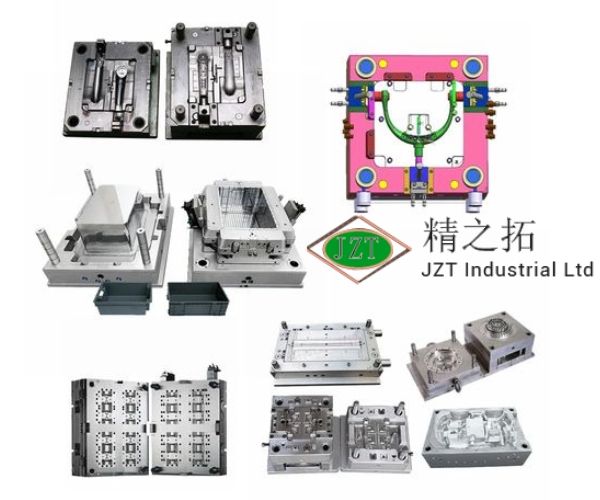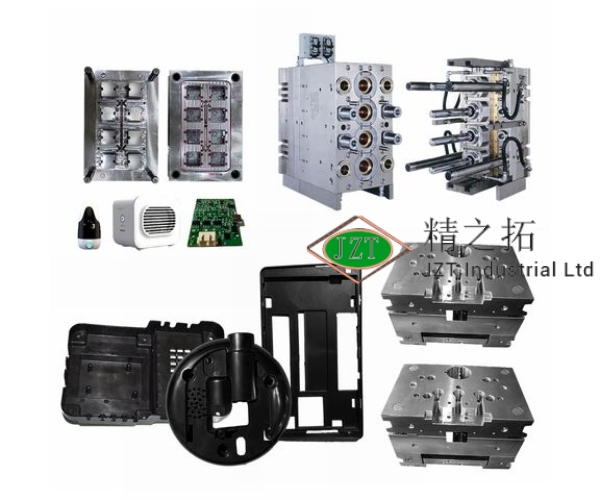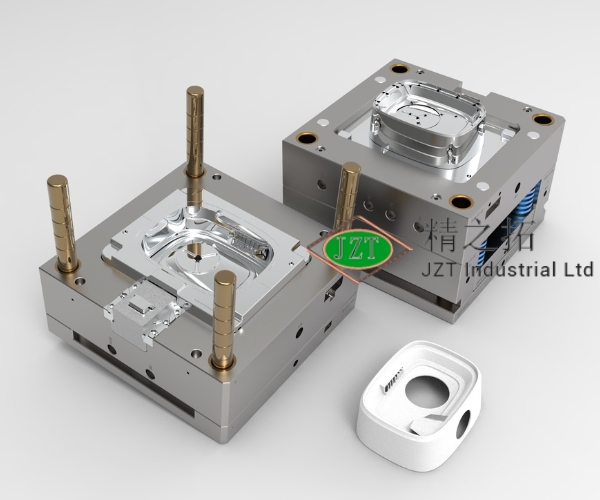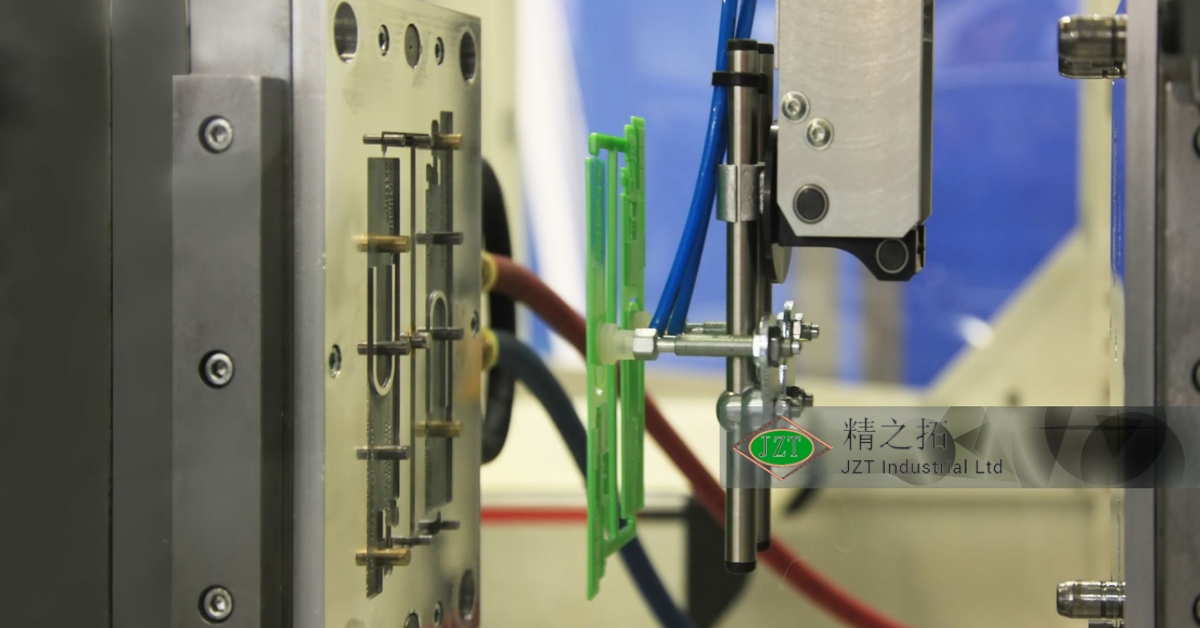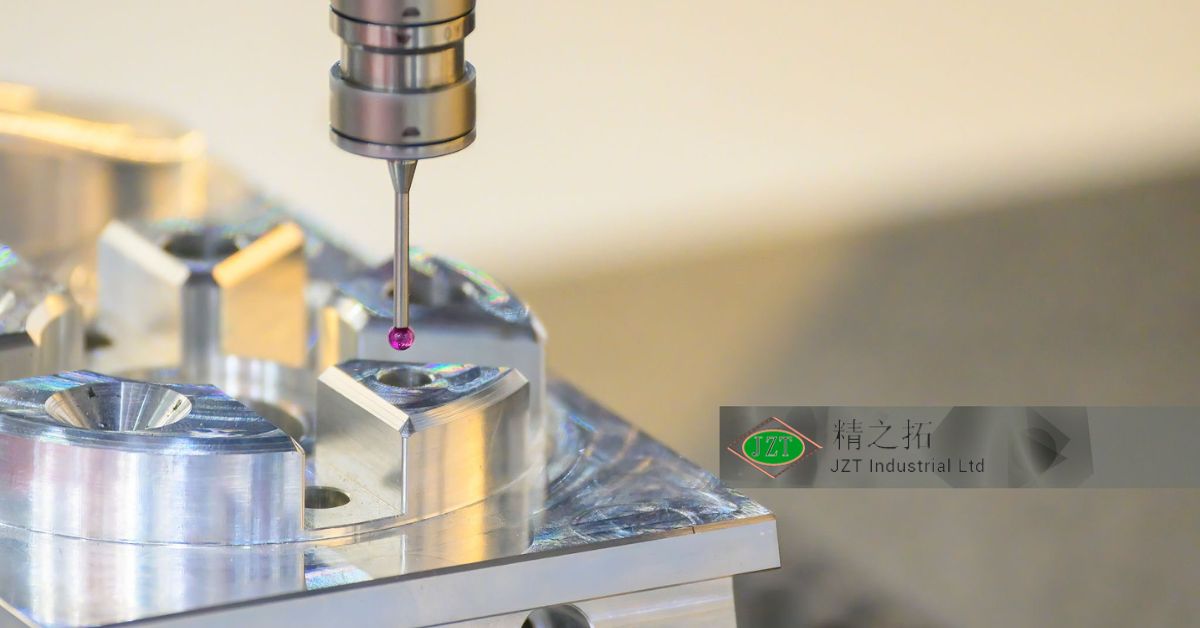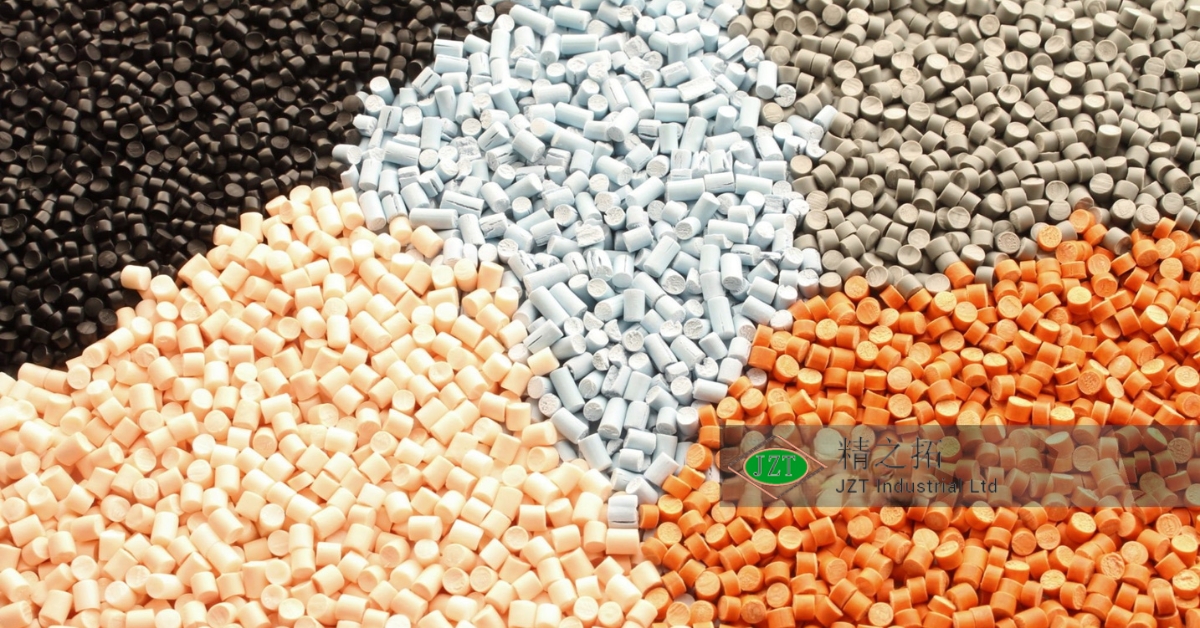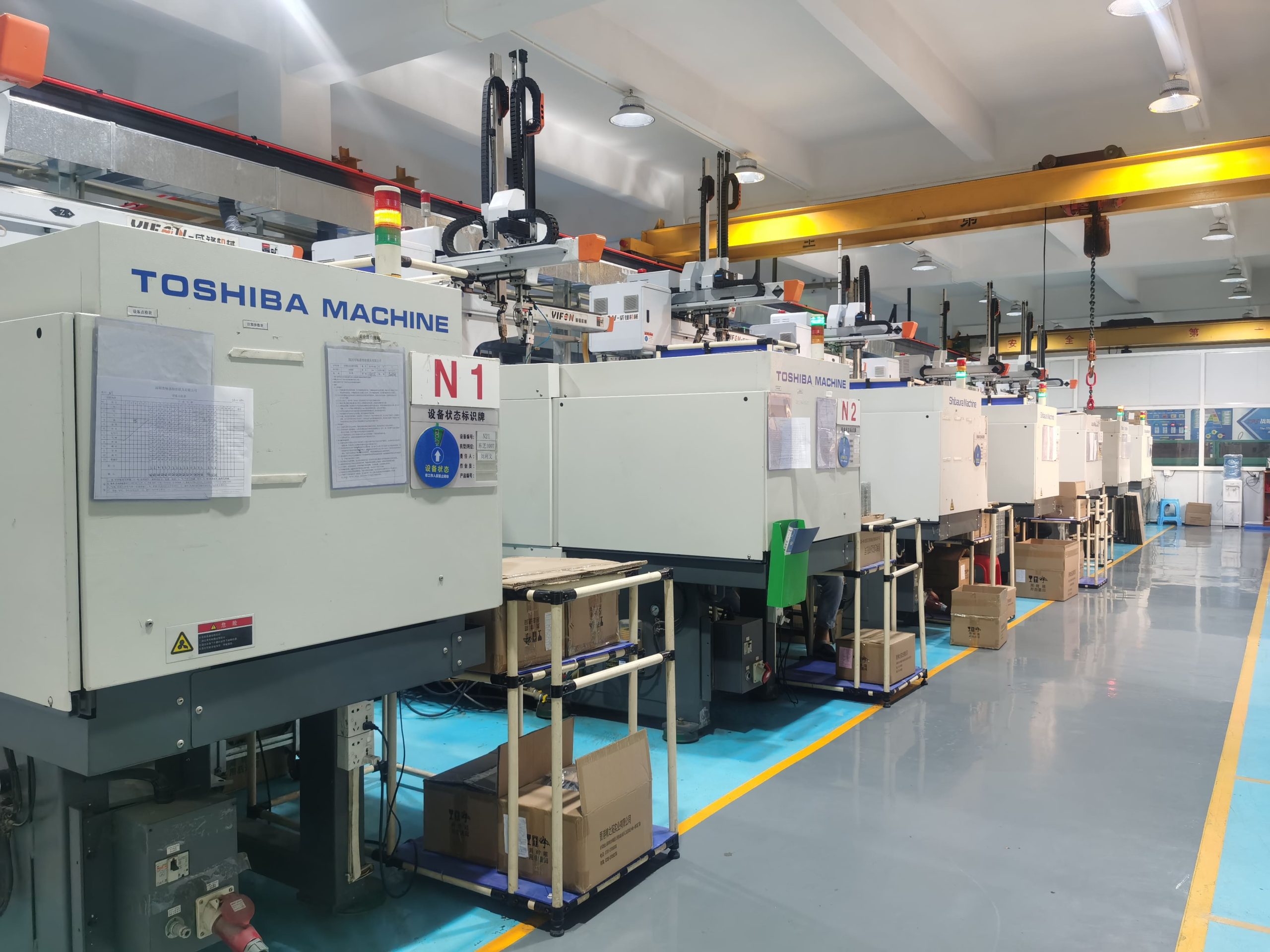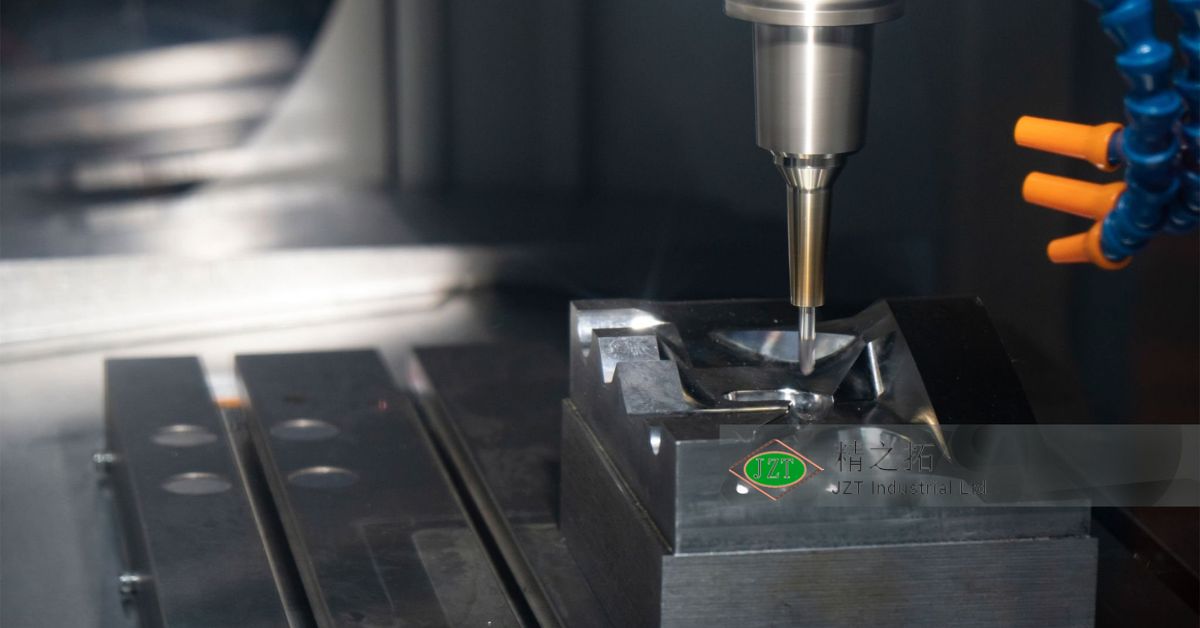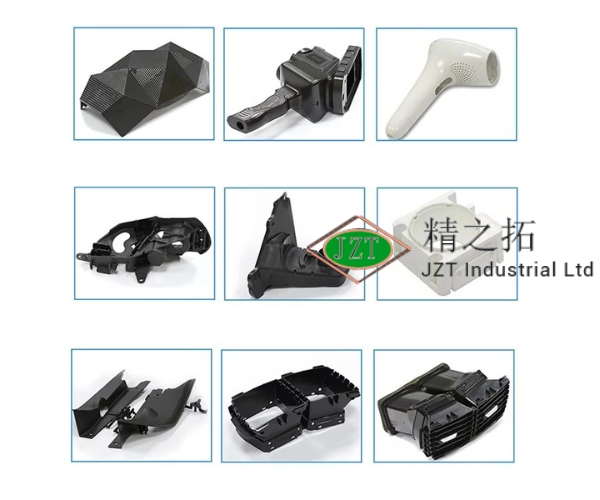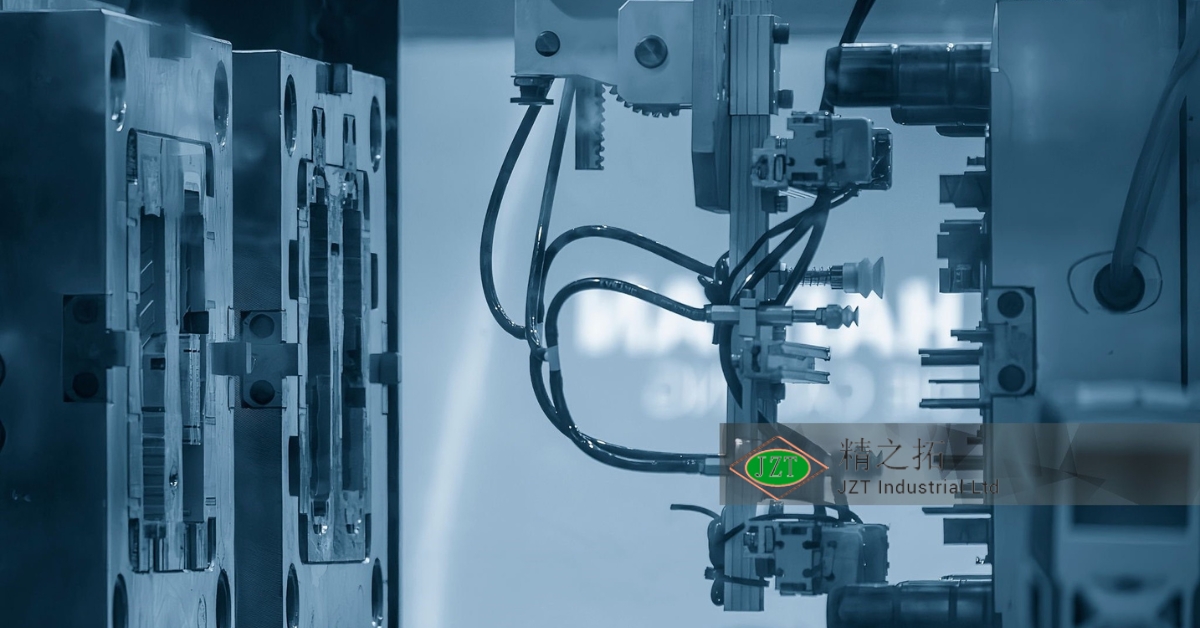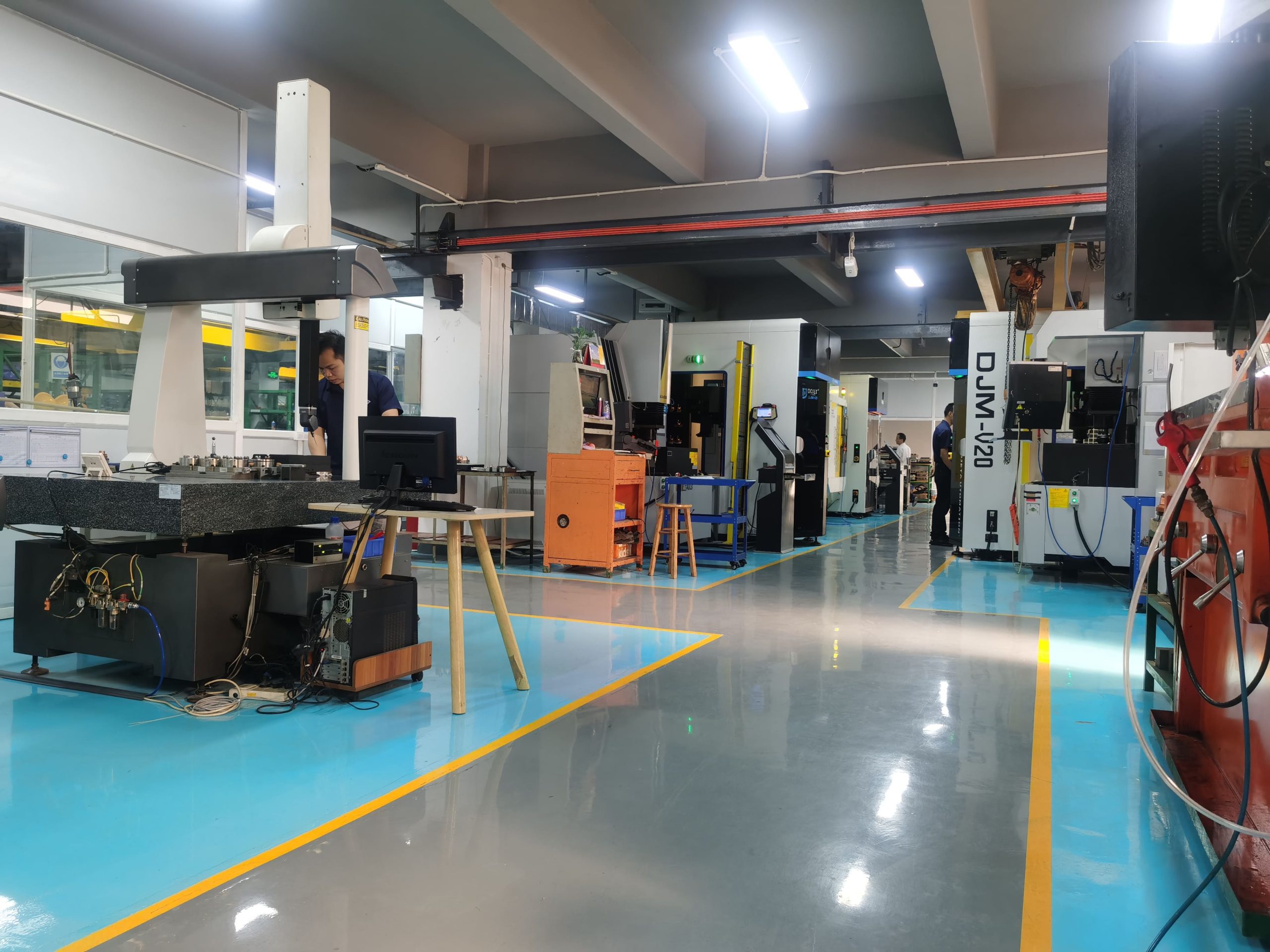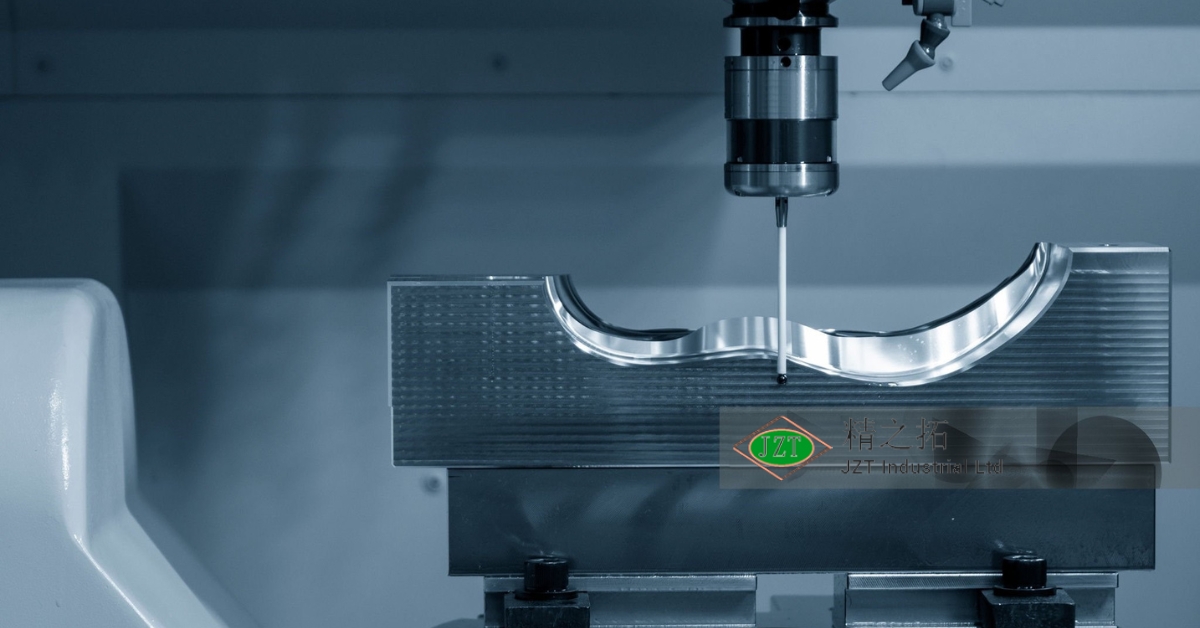導入
プラスチック射出成形 has long been a cornerstone of modern manufacturing, enabling プラスチック部品メーカー 生産する カスタムプラスチック部品 with precision, efficiency, and scalability. As industries demand parts with increasingly complex designs, higher performance standards, and exceptional durability, traditional injection molding methods may not always be enough. This is where advanced injection molding techniques come into play, offering manufacturers the ability to produce high-performance plastic parts that meet rigorous standards in industries such as automotive, medical devices, aerospace, and electronics.
This article delves into the advanced techniques in injection molding that are transforming the way high-performance plastic parts are designed, produced, and optimized. We will explore innovative processes, from multi-material molding to micro-injection and gas-assisted molding, explaining how each technique enhances the capabilities of プラスチック射出成形金型. For manufacturers and designers alike, understanding these advanced methods opens up new possibilities for achieving both precision and efficiency in production.
What Makes a Plastic Part High-Performance?
High-performance plastic parts are characterized by their ability to function reliably in challenging environments, often exposed to high temperatures, mechanical stress, or corrosive substances. Unlike standard plastic parts, high-performance parts are engineered for specific applications where failure is not an option, making qualities like mechanical strength, thermal stability, and dimensional precision essential.
Key Characteristics of High-Performance Parts
- Mechanical Strength: High-performance plastic parts often need to withstand significant mechanical stress, which is essential in industries like automotive and aerospace where parts are exposed to heavy loads or vibrations.
- Thermal Stability: For parts used in environments with fluctuating or extreme temperatures, such as engine components or medical devices that must withstand sterilization, thermal stability ensures that parts maintain their integrity without warping or degrading.
- Chemical Resistance: In industries like medical and industrial manufacturing, where parts come into contact with chemicals, oils, or corrosive substances, chemical resistance is crucial for durability and functionality.
- Dimensional Precision and Stability: High-performance parts often require tight tolerances to ensure they fit accurately within assemblies. Precision is especially important in sectors like electronics and medical devices, where even slight deviations can impact overall performance.
Common Applications of High-Performance Parts
High-performance plastic parts are used across a range of industries:
- 自動車: Engine components, gears, fuel system parts, and housings for electrical components.
- Aerospace: Lightweight structural components, fittings, and connectors that withstand high temperatures and pressure.
- 医療機器: Surgical instruments, diagnostic tools, and implantable devices that require biocompatibility and precision.
- エレクトロニクス: Housings, connectors, and components in consumer electronics that require durability, heat resistance, and aesthetic appeal.
Understanding the unique requirements of these applications helps in selecting the most suitable advanced injection molding technique to achieve optimal results.
Importance of Advanced Injection Molding Techniques
As industries continue to push the boundaries of what プラスチック射出成形金型 can achieve, standard injection molding techniques may fall short, especially when high-performance applications require precision, durability, and material strength. Advanced injection molding techniques provide manufacturers with the flexibility to meet these demands, producing カスタムプラスチック部品 that exhibit greater strength, reduced weight, improved functionality, and optimized aesthetics.
Why Standard Injection Molding May Not Be Enough
Traditional injection molding is highly effective for standard parts, but complex geometries, multi-material components, and stringent performance standards require more sophisticated methods. For instance, traditional molds may struggle with parts that have variable wall thicknesses, integrated inserts, or intricate details, all of which can compromise part quality and lead to defects. Advanced techniques, by contrast, allow for fine-tuning in areas such as material flow, cooling rates, and pressure settings, ensuring parts meet precise specifications without sacrificing efficiency.
How Advanced Techniques Enhance Part Quality
Advanced techniques not only improve mechanical properties but also enable the creation of parts with high aesthetic quality and minimal imperfections. Techniques like multi-material molding allow for dual-purpose designs where a single part can have both rigid and flexible sections, improving functionality and durability. Other techniques, like gas-assisted molding, reduce weight and material use, while still meeting the necessary structural requirements.
Advantages for Manufacturers and Customers
のために プラスチック部品メーカー, advanced injection molding translates into cost savings, faster production cycles, and fewer rejects, all of which contribute to more profitable operations. Customers benefit from parts with superior performance, a wider range of design possibilities, and quicker time-to-market. Additionally, as these methods often reduce waste, they contribute to more sustainable production practices, which is increasingly valuable for businesses and consumers alike.
Multi-Material Injection Molding (Overmolding and Insert Molding)
Multi-material injection molding techniques, such as overmolding and insert molding, allow manufacturers to create parts from multiple materials within a single molding cycle, enhancing both functionality and durability.
Benefits of Overmolding
オーバーモールディング involves injecting a secondary material over a pre-existing part, allowing for the creation of dual-layered parts that combine the properties of both materials. For example, an overmolded component may feature a rigid plastic core for structural support, with a softer, rubber-like exterior for improved grip and tactile feedback. This technique is widely used in products that require both strength and comfort, such as handheld tools and medical device handles.
- Enhanced functionality: By combining materials with different properties, overmolding allows manufacturers to create parts that fulfill multiple functions, such as a product with both rigidity and flexibility.
- 耐久性: Overmolding enhances part durability by combining materials that resist wear and tear, making it ideal for high-use applications.
- Improved aesthetics: Overmolding can improve the look and feel of a product, adding a soft-touch finish or aesthetic details that enhance user experience.
Applications of Overmolding
Overmolding is commonly found in consumer electronics, automotive parts, medical devices, and power tools. For instance, the soft-touch exterior of a smartphone case or the ergonomic grip of a power drill are both achieved through overmolding.
Insert Molding for Added Strength
Insert molding involves placing a metal or plastic insert into the mold before injecting the plastic around it. This creates a part with a reinforced structure, combining the advantages of both materials. Insert molding is ideal for producing components that need additional strength or threaded inserts, such as those used in automotive or aerospace applications.
- Enhanced structural integrity: By embedding a metal insert within a plastic part, insert molding provides greater durability and strength, especially useful in components subjected to mechanical stress.
- Compatibility with various materials: Inserts can be made from metals, ceramics, or other plastics, providing flexibility in design and material selection.
Challenges and Considerations
Multi-material molding requires careful attention to material compatibility, as differences in thermal expansion or bonding strength can lead to part failure. Proper mold design and precise control over temperature settings are essential to ensure a seamless integration of materials without defects.
Gas-Assisted Injection Molding
Gas-assisted injection molding is an advanced technique in which nitrogen or another inert gas is injected into the molten plastic, forming hollow sections within the part. This process creates lighter, stronger parts with smooth surfaces, making it suitable for large, complex parts that would otherwise be heavy or prone to defects.
Benefits of Gas-Assisted Molding
- Reduced part weight: The gas forms hollow sections within the part, reducing weight without sacrificing structural integrity.
- Improved surface finish: Gas-assisted molding minimizes sink marks and flow lines, resulting in a smoother finish.
- Material savings: By using less plastic, gas-assisted molding reduces material costs, which is especially beneficial for large production runs.
Applications of Gas-Assisted Molding
Common applications include automotive parts (e.g., handles, seat backs), furniture, and large consumer goods. The process is ideal for parts that require strength but must also remain lightweight, such as vehicle interior components that improve fuel efficiency by reducing overall weight.
Challenges with Gas Injection
Gas-assisted injection molding requires precise control over gas injection timing, pressure, and flow. Poor control can result in uneven wall thickness or structural weaknesses, particularly in complex shapes with varying wall thicknesses. Working with experienced engineers who understand gas-assisted molding dynamics is crucial for achieving the desired part quality.
Foam Injection Molding (Structural Foam Molding)
Foam injection molding uses chemical or physical foaming agents to introduce gas into the molten plastic, creating a cellular or foamed core within the part. This method is ideal for manufacturing lightweight parts with excellent strength-to-weight ratios, making it useful in applications that require structural integrity without added bulk.
Advantages of Foam Injection Molding
- Weight reduction: Foam injection molding produces parts with lower density, making them lighter than solid plastic components.
- Improved rigidity and stability: The foamed structure enhances the rigidity of large parts, preventing warping or deformation.
- Cost efficiency: Reduced material use means lower production costs, making this method cost-effective for high-volume manufacturing.
Applications in High-Performance Parts
Foam injection molding is often used in automotive parts (like dashboards and panels), large appliance housings, and structural components. Its lightweight nature makes it ideal for industries where weight reduction is essential, such as automotive and aerospace.
Design and Process Considerations
Foam injection molding requires careful control of foaming agents, temperature, and pressure to ensure consistent expansion and uniform cell structure. Inconsistent control can lead to uneven foaming, which affects the part’s appearance and mechanical properties.
Thin-Wall Injection Molding
Thin-wall injection molding is a specialized technique for creating parts with extremely thin walls, resulting in lightweight, efficient components. This technique requires higher pressure and faster injection speeds than traditional molding to ensure the plastic fills the thin cavities uniformly.
Benefits of Thin-Wall Molding
- Material savings: Thin walls reduce the amount of plastic used, leading to cost savings.
- Improved cooling rates: Thin walls dissipate heat faster, shortening cycle times and boosting production speed.
- Lightweight parts: Thin-walled parts are lighter, making them ideal for applications where reducing weight is crucial.
Applications in High-Performance Parts
Thin-wall molding is commonly used in consumer electronics (such as smartphone and laptop housings), automotive dashboards, and lightweight components in medical devices. The method enables manufacturers to produce durable parts without compromising on weight or strength.
Challenges of Thin-Wall Molding
Thin-wall molding requires advanced machinery capable of handling high-speed, high-pressure injection cycles. Additionally, precise control over temperature and material flow is essential to avoid defects like warping or incomplete fills, which are more common in thin-walled parts.
Precision Injection Molding for High-Tolerance Parts
Precision injection molding is designed for applications requiring extremely tight tolerances and high repeatability, making it ideal for high-performance parts in industries like aerospace, medical, and electronics.
Importance of Precision in High-Performance Parts
In high-performance sectors, even slight deviations in part dimensions can compromise functionality or safety. Precision molding ensures that every component meets exact specifications, which is especially important for small, intricate parts with critical dimensions.
Benefits of Precision Injection Molding
- High repeatability: Precision molding provides consistent quality across high-volume production runs.
- Dimensional accuracy: Enables the production of complex shapes with tight tolerances, meeting stringent requirements in critical applications.
Applications in High-Tolerance Parts
Precision molding is frequently used in the medical field (e.g., for surgical instruments and implantable devices), as well as in automotive and aerospace applications where exact dimensions are critical. Small gears, microelectronics, and connectors are examples of parts produced using precision molding.
Challenges and Process Requirements
Precision injection molding requires well-calibrated machinery, high-quality molds, and strict process controls. Materials must be carefully selected for minimal shrinkage and high dimensional stability. Additionally, operators need extensive training to manage the specialized equipment and processes involved in precision molding.
In-Mold Decoration (IMD) and In-Mold Labeling (IML)
In-mold decoration (IMD) そして in-mold labeling (IML) are techniques that allow manufacturers to incorporate labels, logos, or decorative elements directly into the molding process, enhancing both the aesthetics and functionality of plastic parts.
Benefits of IMD and IML
- Improved aesthetics and durability: IMD and IML create a seamless, integrated appearance, with labels or graphics that are resistant to wear.
- Reduced post-processing: By integrating decorative elements during molding, manufacturers eliminate the need for additional printing or labeling steps, reducing production time.
- Enhanced design flexibility: IMD and IML offer complex graphic capabilities, allowing for intricate designs and textures that appeal to consumers.
Applications in High-Performance Parts
These techniques are used in consumer electronics (for sleek branding on casings), automotive interiors (for dashboards with embedded symbols), and appliance panels, where both durability and aesthetic appeal are important.
Challenges and Considerations
Achieving strong adhesion between the label or decorative element and the plastic requires careful material selection and precise temperature control. Misalignment or poor adhesion can lead to peeling, impacting both aesthetics and functionality.
結論
Advanced injection molding techniques provide プラスチック部品メーカー with the tools to produce high-performance plastic parts that meet the most demanding specifications. From multi-material molding to precision injection and foam molding, each technique offers unique benefits that enhance part quality, reduce costs, and improve production efficiency. As industries continue to innovate, these methods enable manufacturers to meet the growing demand for parts that are stronger, lighter, and more versatile than ever before.
Incorporating these advanced techniques can lead to significant competitive advantages, from faster time-to-market to more sustainable practices. For companies aiming to create custom plastic parts that stand out in terms of durability, functionality, and aesthetics, exploring these advanced injection molding techniques is essential.
よくある質問
What are the benefits of using advanced injection molding techniques for high-performance parts?
Advanced techniques enhance the strength, durability, and precision of plastic parts, making them ideal for high-performance applications. They also reduce material waste, shorten production cycles, and enable more complex designs.
Which industries benefit most from advanced injection molding methods?
Industries like automotive, aerospace, medical devices, consumer electronics, and industrial machinery benefit significantly, as they often require parts with specific performance attributes.
How does overmolding improve the functionality of plastic parts?
Overmolding combines two materials, allowing parts to have both rigid and flexible sections, which improves grip, shock absorption, and overall functionality.
What materials are best suited for high-performance injection molding?
Materials like PEEK, polycarbonate, and nylon are commonly used for high-performance injection molding due to their thermal stability, strength, and chemical resistance.
How do automation and digitalization impact injection molding efficiency?
Automation streamlines the production process, reduces human error, and allows real-time monitoring, while digitalization optimizes workflows, reducing lead times and improving part consistency.

